Physics
Sign up for our newsletter
We summarize the week's scientific breakthroughs every Thursday.
-
 Materials Science
Materials ScienceThis material could camouflage objects from infrared cameras
A coating of samarium nickel oxide counteracts hotter objects’ tendency for brighter thermal radiation.
-
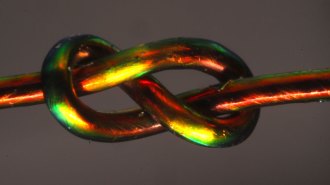 Math
MathColor-changing fibers help reveal mysteries of how knots work
Experiments with colorful fibers helped scientists discover a few simple rules behind knots’ varying strengths.
-
 Space
Space2019 brought us the first image of a black hole. A movie may be next
The Event Horizon Telescope team is gearing up for more black hole discoveries.
-
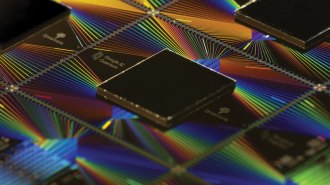 Quantum Physics
Quantum PhysicsGoogle claimed quantum supremacy in 2019 — and sparked controversy
Google’s quantum computer outperformed the most powerful supercomputer on a task, the company reported. But some scientists aren’t fully convinced.
-
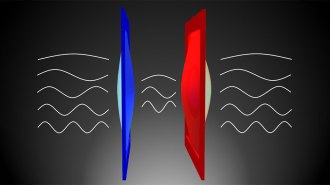 Quantum Physics
Quantum PhysicsQuantum jitter lets heat travel across a vacuum
In a first, scientists observed tiny, vibrating membranes exchanging heat due to quantum fluctuations.
-
 Space
SpaceElectric charges on dust grains may help explain how planets are born
In an experiment, glass beads clung together like protoplanetary dust particles when shaken and flung more than 100 meters skyward.
-
 Quantum Physics
Quantum PhysicsA new, theoretical type of time crystal could run without outside help
The idea tiptoes closer to the original concept of time crystals, first proposed in 2012.
-
 Physics
PhysicsMounting evidence suggests neutrinos are key to why antimatter is rare
The source of matter’s dominance over antimatter might be revealed by the tiny subatomic particles.
-
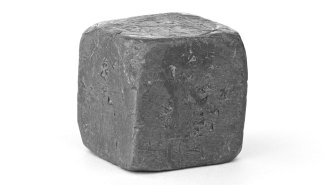 Materials Science
Materials ScienceLead becomes stronger than steel under extreme pressures
Lead is a soft metal, easily scratched with a fingernail. But that changes dramatically when the metal is compressed under high pressures.
-
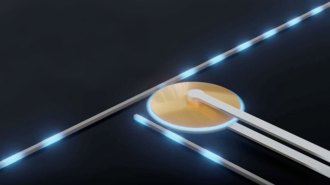 Tech
TechA tiny switch could redirect light between computer chips in mere nanoseconds
Microscopic switches that ferry information using light, not electric current, could help create better, faster electronics.
-
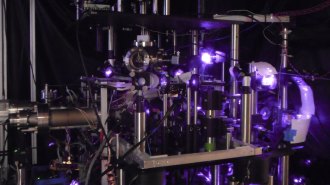 Physics
PhysicsTrapping atoms in a laser beam offers a new way to measure gravity
A new type of experiment to measure the strength of Earth’s gravity uses atoms suspended in light rather than free-falling atoms.
-
 Tech
TechThe first artificial material that follows sunlight may upgrade solar panels
Rows of tiny stemlike rods called SunBOTs orient themselves toward light, optimizing the solar energy that they can harvest.
By Sofie Bates